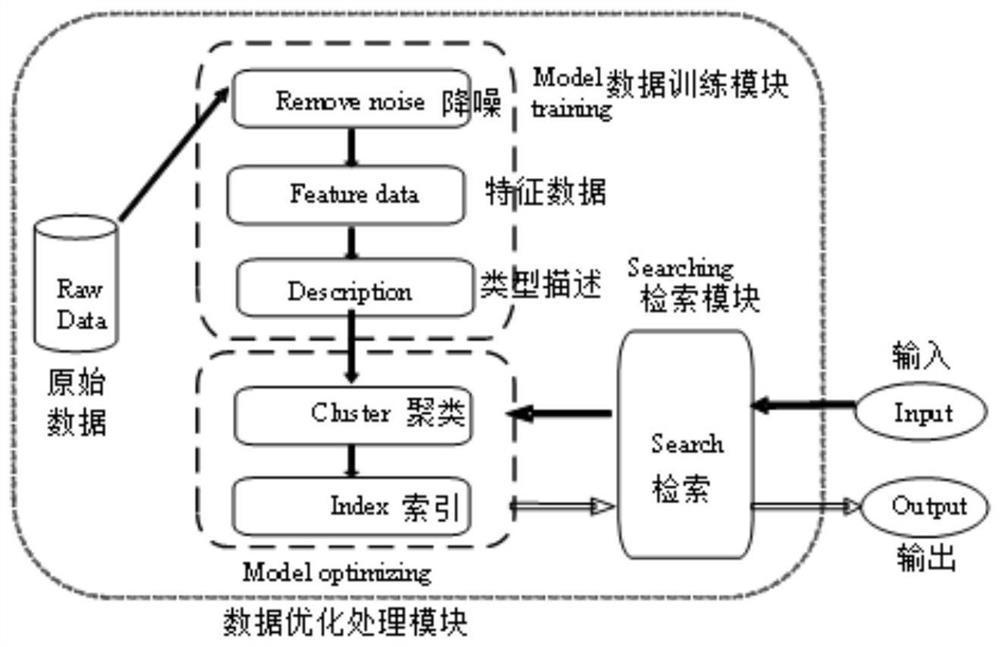A Calligraphy Gesture Automatic Recognition Method Based on Wi-Fi Signal
An automatic recognition and signal technology, applied in character and pattern recognition, instruments, computing, etc., can solve problems such as leakage of user privacy, failure of fine-grained gesture recognition, and expensive professional equipment.
- Summary
- Abstract
- Description
- Claims
- Application Information
AI Technical Summary
Problems solved by technology
Method used
Image
Examples
Embodiment Construction
[0048] The main problems faced by the inventor team in the process of researching calligraphy gesture recognition based on WiFi signals are as follows: First, it is difficult to predict and define the gestures involved in the process of calligraphy movement, the frame structure of writing fonts, the thickness of ink and ink, and the strength of strokes. and quantify. Second, solve the problem of automatic separation of continuous strokes. For the posture tracking process, the collected data is a continuous posture change, but Chinese characters are composed of multiple strokes rather than continuous strokes. The distinction between the two action points of raising the pen and falling the pen is very important. If it is impossible to distinguish between the gestures after the pen is lifted and the pen is put down, and the result is a graffiti-like gesture, then the recognition will be meaningless. Third, there is the problem of different writing scales, that is, the problem of...
PUM
 Login to View More
Login to View More Abstract
Description
Claims
Application Information
 Login to View More
Login to View More - Generate Ideas
- Intellectual Property
- Life Sciences
- Materials
- Tech Scout
- Unparalleled Data Quality
- Higher Quality Content
- 60% Fewer Hallucinations
Browse by: Latest US Patents, China's latest patents, Technical Efficacy Thesaurus, Application Domain, Technology Topic, Popular Technical Reports.
© 2025 PatSnap. All rights reserved.Legal|Privacy policy|Modern Slavery Act Transparency Statement|Sitemap|About US| Contact US: help@patsnap.com



